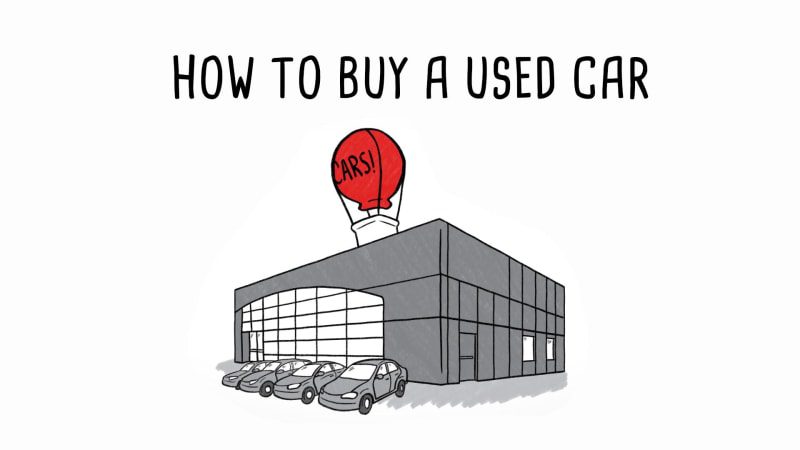How to buy a used car — 9 tips for the best deal

Buying a used car can be stressful. New cars have gotten so expensive that a lot of buyers feel like they are completely out of reach. Used cars and trucks, on the other hand, can offer a useful compromise between cost and reliability. Still, it’s no simple task to choose the right car, know exactly how much you should pay for it, and make sure you’re not being taken advantage of. Follow these simple guidelines, and you’ll avoid some common mistakes.
Tip 1: Budget for more than the price
Used cars may have maintenance needs and little to no warranty left, so make sure you cover maintenance costs. New tires can be a cost that some buyers don’t budget for, and the same can be said for fluid changes and flushes, brake pad or rotor replacements, or even just a solid deep cleaning.
Tip 2: Get a pre-purchase inspection, or PPI
It’s important and relatively inexpensive. A trained mechanic can spot bad repairs or other problems that weren’t disclosed by the seller. Some issues might be deal breakers or give you leverage when you negotiate. Consult Autoblog’s handy guide to find a recommended mechanic.
Tip 3: Never negotiate blind
If you stumble across a car you love on the lot, leave and go do some research. Autoblog has some great tools and reviews archived from previous model years to help you reevaluate any used car. Be ready when you come to the table.
Tip 4: Get a sense of what the car is really worth
Browse used car classifieds, taking your location into account, and keeping in mind that advertised prices can be optimistically high. Remember what you want to pay. Stick to your budget, and never be afraid to walk away.
Tip 5: Know where to look
Most new car dealers also sell newer used cars, though sometimes a certified used vehicle could cost nearly as much as a new car. For older cars, try the automotive classifieds like Craigslist, Autotrader, or our own Autoblog. Always check vehicle history reports like car facts and the National Insurance Crime Bureau’s VINCheck to make sure it’s not a stolen vehicle. Also, verify the title on the National Motor Vehicle Title Information System. If anything doesn’t add up, just walk away.
Tip 6: Never buy a car sight-unseen
There are just too many risks. Leave these blind deals to professional car flippers who can afford to take a bath on a bad deal once in a while. If a vehicle is too far away from you to see in person and you don’t have extra cash to throw at undisclosed problems, walk away.
Tip 7: Make sure you leave with the right paperwork
Every state has different requirements, so give your vehicle licensing office a call. Check to find out exactly what’s required to transfer a title into your name. It’s also a perfect time to make sure you get license plates in time.
Tip 8: Know how to deal with a lien
Buying a vehicle with a lien on it? If the lender is a bank, go in with the seller and pay them directly. They’ll remove the lien and give you the title; otherwise, have a reputable escrow company hold your money until the loan is paid off.
Tip 9: Avoid any car with a salvaged title
Lastly, some cars might be really cheap because they have a salvage or a branded title if they’ve been totaled and rebuilt in a shop. The car might seem fine, but who knows. Best to walk away from any car with a salvaged title. Save yourself the worry.
Following this set of guidelines will help you buy a great used car without all the worry. Now get out there and give it a try.



